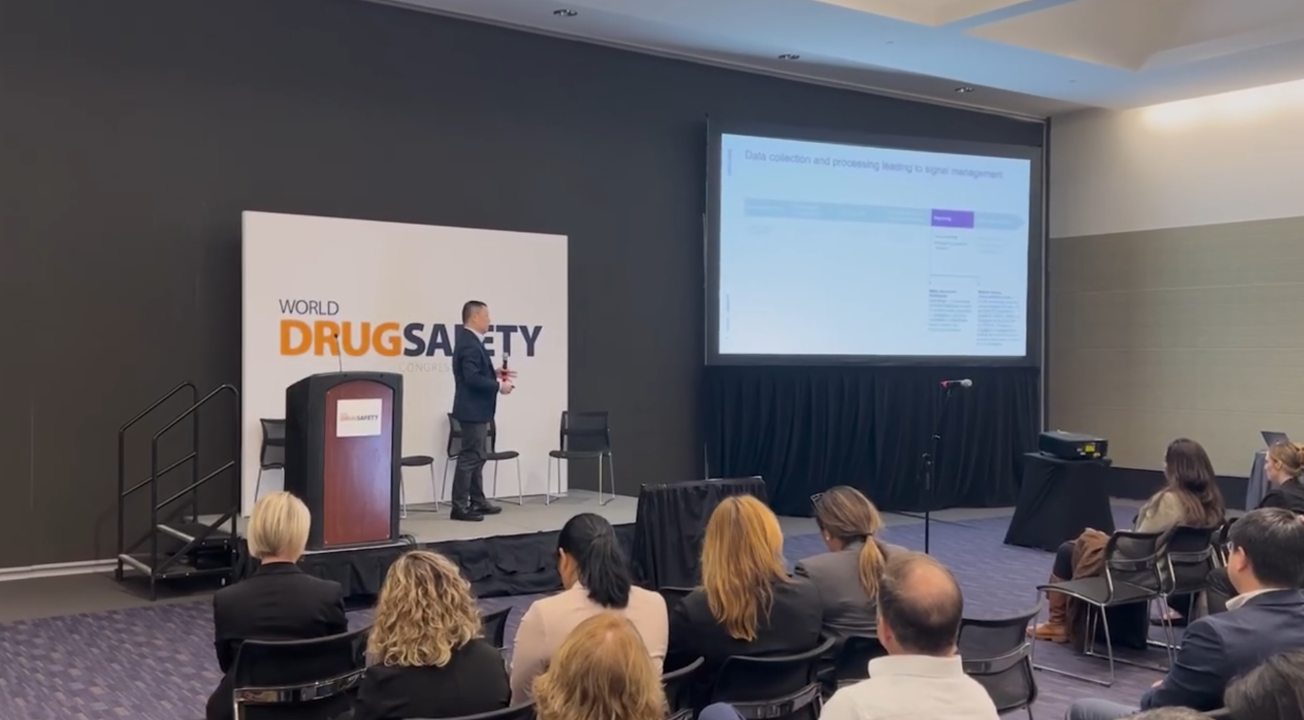Insights from ISPOR 2024: The evolving landscape of PICO assessments in the EU

5 questions with Kim Joline Schmidt

At ISPOR 2024, Cencora team members presented research posters on a variety of topics in the health economics and outcomes research space. We took the opportunity to chat with them about their work and its potential impact. Here, Kim Joline Schmidt, MSc, Assistant Director, Global Market Access Strategy at Cencora answers questions about the poster, “Understanding Joint Clinical Assessment scoping requirements in oncology: Results of a rapid PICO prediction exercise via an in-house expert network.” Mareike Konstanski, MSc, Anne-Kathrin Sauer, PhD, Patrick Blank, PhD, Annabelle Forsmark, PhD, Bénédicte Morel, PhD, Eduarda Silva, MSc, Elodie Xemaire, PharmD, Herbert Altmann, PhD, Jessica Schepis Martinez, MSc, Julián Sánchez Martín, MSc, Karlien Van den Eynde, MSc, María Arregui, PhD, Patrizia Berto, PhD, Romana Rupčič, Mag. Pharm., David Ringger, and Ruairi O’Donnell, PhD served as co-authors.
*Available in English only

What inspired this research?
The scoping process is a fundamental part of the JCA, defining the PICO (population, intervention, comparator, outcome) requirements to be addressed by Health Technology Developers (HTDs) in the HTD submission dossier.
This research was inspired by internal engagements in the EU-HTA task forces and the industry's need to better understand the scoping process within the framework of the JCA. We also sought to identify associated risks and opportunities of PICO simulations.

Was there a hypothesis that was confirmed through the research?
Was there anything in the research that was surprising, that you didn't expect, that you found out?
An interesting yet expected finding was the varying time frames for innovative product launches across the assessed countries. In some countries, the most recently authorized medicinal products were not yet available, which likely contributed to the high number of comparators and thus consolidated PICOs in our analysis.
Additionally, we discovered that the high number of PICOs was primarily driven by 5 countries—Germany, Ireland, Italy, Portugal, and Spain—which required comparisons against all relevant comparators. According to the EUnetHTA 21 scoping guideline, each requested comparator leads to a single PICO in the consolidation process.

What are the next steps from this research?
A crucial methodological guideline by the Health Technology Assessment Coordination Group (HTACG) is still pending, and it remains to be seen if there will be any significant changes to the EUnetHTA 21 guideline that underpinned our analysis.




